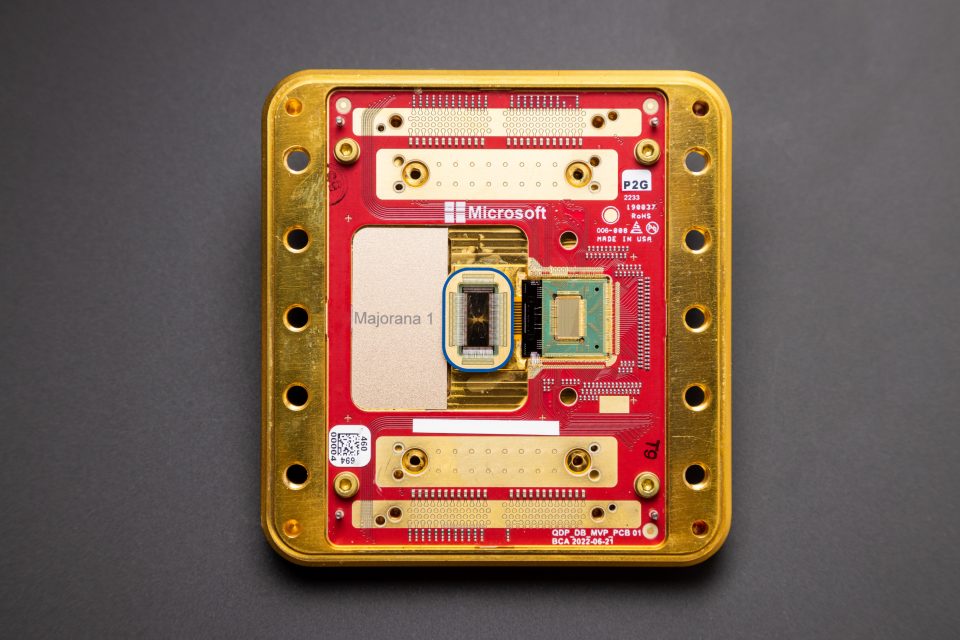- Published on
Majorana 1: Microsoft's Quantum Computing Breakthrough
- Authors

- Name
- Andrew Zgheib

In February 2025, Microsoft unveiled its first quantum device to the world, the "Majorana 1". Specifically, the world's first topological quantum chip. But what does the term "topological" mean? And what does this invention bring to the future of quantum computing?
Dozens of questions have been raised since the launch of the Majorana 1, affirming the fact that this invention is revolutionary not only in the quantum computing realm, but also in computer science as a whole.
To understand the sheer importance of Majorana 1, we have to look at earlier quantum-related inventions, dating back to the 1980s. At that time, the goal of quantum computing was to solve computational problems that are either unsolvable or too complex for a classical computer to crack. While it started as a straightforward solution for these problems, quantum computing exponentially grew to be applied in cybersecurity, healthcare, environmental science, and much more.
As a result of the highlighted importance of quantum computing, research and interest grew over the decades, as demonstrated by milestones such as: Deutsch's Algorithm (1985), Shor's Algorithm (1994), and IBM's Condor Processor (2023).
These milestones all have a key component in common: qubits. Qubits are the fundamental units of information in quantum computing. Unlike classical bits found in our computers, which can only be in one of two states (0 or 1), qubits can exist in a superposition of both states simultaneously. This means a qubit can represent not just 0 or 1, but any linear combination of these two states, allowing it to process multiple possibilities concurrently.
This information alone is mind-blowing. What could be even more advanced than this? This is where the Majorana 1 differs itself from other quantum computing inventions, using topological qubits, as mentioned above. A topological qubit is a type of quantum bit designed to be more resilient against errors compared to traditional qubits. It utilizes the principles of topology to encode quantum information in a way that is inherently protected against certain types of environmental noise and errors.
Not only that, but with Microsoft's scalability in mind, this could enable tasks such as breaking down microplastics or inventing self-healing materials.
Nevertheless, its launch came with a bit of skepticism. For instance, Simone Severini, Amazon's head of quantum technologies, emailed CEO Andy Jassy casting doubt on Microsoft's claims, according to a copy of the email obtained by Business Insider. Additionally, Microsoft has yet to demonstrate a fully working topological qubit, which is crucial for taking their invention seriously.
Overall, Microsoft's Majorana 1 offers a great vision for the future of quantum computing and pushes competitors to conduct further research, enabling the quantum computing field to grow even faster.

